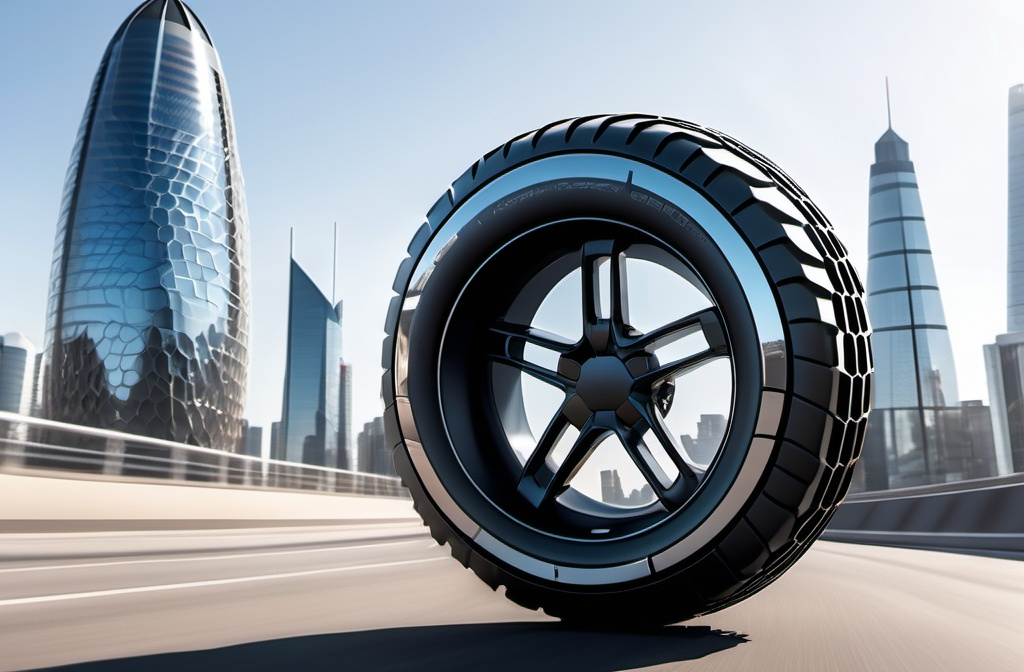Airless Tires Market: Driving Toward a Puncture-Free Future
Imagine a world where flat tires are a thing of the past. Thanks to major innovations in airless tire technology, this dream is quickly becoming reality. According to a recent Grand View Research report, the global airless tires market is poised for significant growth, driven by advancements in materials, automotive design, and sustainability efforts.
Why Airless Tires Are Gaining Traction
Traditional pneumatic tires have long dominated the automotive landscape, but they come with limitations like punctures, blowouts, and frequent maintenance needs. Airless tires—often called non-pneumatic tires (NPTs)—offer a game-changing alternative. Here’s why industries and consumers are taking notice:
- Durability: Airless tires resist punctures and last longer under harsh conditions.
- Low Maintenance: Without the need to maintain air pressure, vehicle upkeep becomes simpler.
- Sustainability: Many airless tires use recyclable materials, aligning with global green initiatives.
- Performance Stability: They provide consistent performance regardless of temperature or pressure variations.
Key Trends Shaping the Airless Tires Market
The airless tires market is evolving rapidly. Several trends are driving this transformation:
- Military and Off-Road Applications
Airless tires are already in use by military vehicles and heavy construction equipment, where reliability is mission-critical. - Electric Vehicle (EV) Integration
The surge in EV adoption fuels demand for low-maintenance, durable tires. Airless solutions fit perfectly into this eco-conscious, performance-focused sector. - Innovations from Major Players
Companies like Michelin, Bridgestone, and Goodyear are heavily investing in research and partnerships to commercialize airless tire technology for passenger vehicles. - Urban Mobility Solutions
From bicycles to autonomous delivery robots, smaller transportation modes are embracing airless tires for safety and longevity.
Market Outlook and Growth Opportunities
The Grand View Research report projects steady growth for the global airless tires market through 2030. Key sectors contributing to this growth include:
- Automotive (especially EVs and fleets)
- Construction and Heavy Equipment
- Military Vehicles
- Agriculture and Lawn Care Equipment
North America currently leads in adoption, but Asia Pacific is expected to witness the fastest growth, driven by expanding industrialization and urbanization.
Challenges Ahead
Despite their advantages, airless tires face a few hurdles before becoming mainstream:
- Cost Barriers: Manufacturing airless tires at scale is still more expensive than traditional tires.
- Ride Comfort: Engineers continue to refine designs to offer the same smooth ride as air-filled counterparts.
- Consumer Awareness: Educating the market about the benefits and dispelling myths remains critical.
Conclusion: A Revolution in Motion
The airless tires market represents a major shift in automotive and industrial mobility. As manufacturers continue to innovate and scale production, we are moving closer to a future where punctures, blowouts, and air pressure checks could become relics of the past. Whether for personal vehicles, fleets, or off-road adventures, airless tires promise safer, greener, and more reliable transportation.
Check out the cool NewsWade YouTube video about this article!
article derived from: Airless Tires Market Size, Share & Trends Analysis Report By Vehicle Type (Passenger Vehicles, Commercial Vehicles), By Sales Channel (OEM, Aftermarket), By Region (North America, Asia Pacific, Europe, Central & South America, MEA), And Segment Forecasts, 2025 – 2030. (n.d.). https://www.grandviewresearch.com/industry-analysis/airless-tires-market-report















